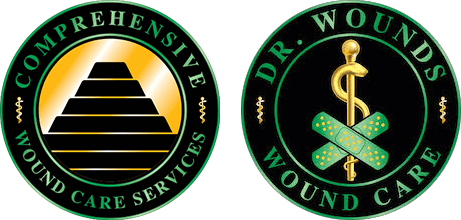Racial and Ethnic Disparities in the Healing of Chronic Pressure Ulcers
Great Article by Donna Z. Bliss, PhD, RN, FGSA, FAAN,a Olga Gurvich, MA,a Kay Savik, MS,a Lynn E. Eberly, PhD,b Susan Harms, PhD, RPh,a,d Christine Mueller, PhD, RN, FGSA, FAAN,a Judith Garrard, PhD,d Kristen Cunanan, MS,b and Kjerstie Wiltzen, BA, BSNa
https://www.ncbi.nlm.nih.gov/pmc/articles/PMC5586547/
Abstract
Background
Pressure ulcers increase the risk of costly hospitalization and mortality of nursing home residents, so timely healing is important. Disparities in healthcare have been identified in the nursing home population but little is known about disparities in the healing of pressure ulcers.
Purpose
To assess racial and ethnic disparities in the healing of pressure ulcers present at nursing home admission. Multi-levels predictors, at the individual resident, nursing home, and community/Census tract level, were examined in three large data sets.
Methods
Minimum Data Set records of older individuals admitted to one of 439 nursing homes of a national, for-profit chain over three years with a stage 2–4 pressure ulcer (n=10,861) were searched to the 90-day assessment for the first record showing pressure ulcer healing. Predictors of pressure ulcer healing were analyzed for White admissions first using logistic regression. The Peters-Belson method was used to assess racial or ethnic disparities among minority group admissions.
Results
A significantly smaller proportion of Black nursing home admissions had their pressure ulcer heal than expected had they been part of the White group. There were no disparities in pressure ulcer healing disadvantaging other minority groups. Significant predictors of a nonhealing of pressure ulcer were greater deficits in activities of daily living and pressure ulcer severity.
Conclusions
Reducing disparities in pressure ulcer healing is needed for Blacks admitted to nursing homes. Knowledge of disparities in pressure ulcer healing can direct interventions aiming to achieve equity in healthcare for a growing number of minority nursing home admissions.
